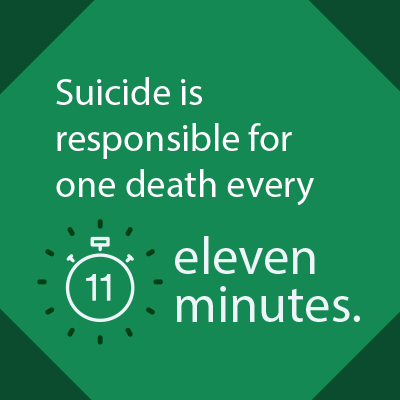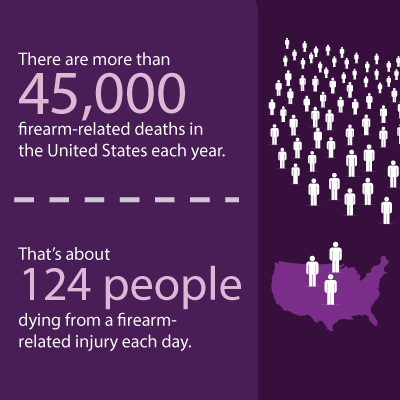Key points
For more than 30 years, the CDC Injury Center has been a leader in protecting Americans from injury and violence so that individuals, families, and communities can be safe and healthy.

Why prevention matters
Experiencing injury or violence can have a lifelong impact. People can suffer short-term effects, such as missing work or school, and long-term effects, such as chronic illness or death.

The Injury Center focuses on improving lives by stopping injuries and violence before they happen—also known as primary prevention.
- Many adults experienced adverse childhood experiences (ACEs)
- About 64% of U.S. adults reported they had experienced at least one type of ACE before age 18.
- Experiencing ACEs is connected to long-term health effects.
- Preventing ACEs may avert up to 21 million cases of depression, 1.9 million cases of heart disease, and 2.5 million cases of overweight/obesity.
- About 64% of U.S. adults reported they had experienced at least one type of ACE before age 18.
- Drug overdoses have dramatically increased over the last two decades.
- Overdose deaths increased more than 500% between 1999 and 2020.
- When we act early, we can prevent the use and misuse of drugs, like opioids, that can lead to substance use disorders and overdose.
- Overdose deaths increased more than 500% between 1999 and 2020.
- Community violence takes lives and leaves a legacy of trauma.
- Young people are disproportionately impacted by violence in their communities, including firearm injuries and deaths.
- Over half of U.S. homicides in 2020 occurred among those ages 15 to 34.
- Young people are disproportionately impacted by violence in their communities, including firearm injuries and deaths.

What the Injury Center does
The Injury Center has been at the forefront of injury and violence prevention, using surveillance, research, programs, and partnerships to:
- Build national data systems to track trends in violent deaths and overdose
- Research critical issues including adverse childhood experiences and suicide
- Fund national programs such as Rape Prevention and Education Program and Drug Free Communities
- Support health departments, research institutions, community-based organizations, and American Indian and Alaska Native Communities
How violence and injuries affect us daily
While all people are affected by injury and violence, specific communities and minority groups are impacted more.
- The firearm homicide rate in 2020 was the highest recorded in over 25 years.
- Young people, males, and Black people have the highest firearm homicide rates and experienced the largest increases in 2020.
- Young people, males, and Black people have the highest firearm homicide rates and experienced the largest increases in 2020.
- People living in rural areas, military service members and veterans, and people who experience homelessness have a greater likelihood of dying from a traumatic brain injury or living with long-term problems that resulted from the injury.
- People who identify as sexual minorities have higher rates of suicide attempts compared to heterosexual people.
- Almost a quarter (23.4%) of high school students identifying as lesbian, gay, or bisexual reported attempting suicide in the prior 12 months.
- This rate is nearly four times higher than the rate reported among heterosexual students (6.4%)
- Almost a quarter (23.4%) of high school students identifying as lesbian, gay, or bisexual reported attempting suicide in the prior 12 months.
The Injury Center continues to focus its efforts on those at greatest risk for injury and violence to elevate the health and well-being of all people. Across many topics, we are working to ensure equity in policies, programs, and services related to injury and violence.
Intimate partner violence
How prevention benefits everyone
Experiencing injury or violence can have a lifelong impact. People can suffer short-term effects, such as missing work or school, and long-term effects, such as chronic illness or death. Join the Injury Center in understanding and changing the world around us, so everyone, everywhere, every day can be safe and free from injury and violence.
Additional links
- Injury Center Priority Areas
- Adverse Childhood Experiences
- Community Violence Prevention
- Drowning Prevention
- Drug Overdose
- Firearm Violence Prevention
- Handbook of Injury and Violence Prevention
- Older Adult Falls
- Sexual Violence
- Suicide Prevention
- Transportation Safety
- Traumatic Brain Injury and Concussion
